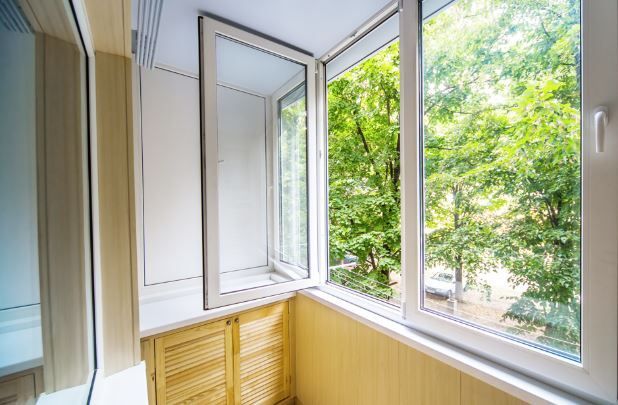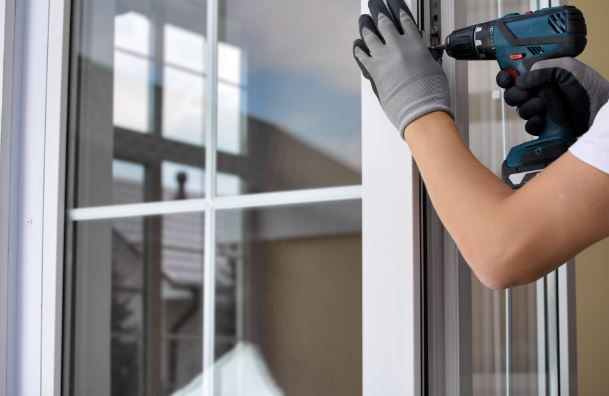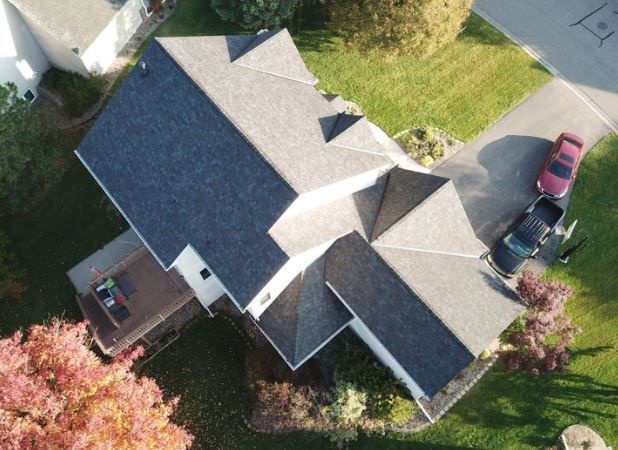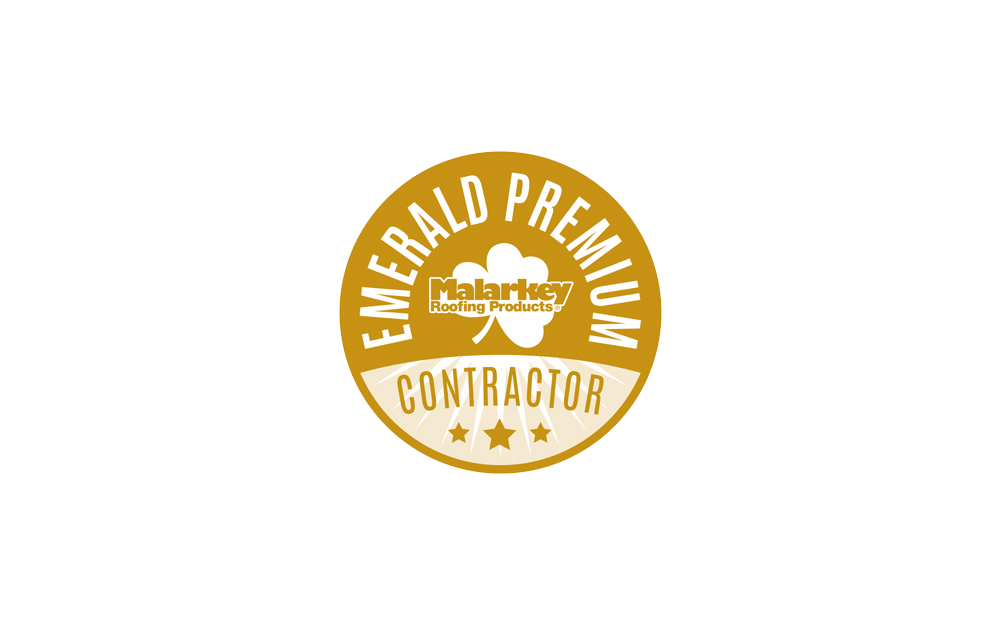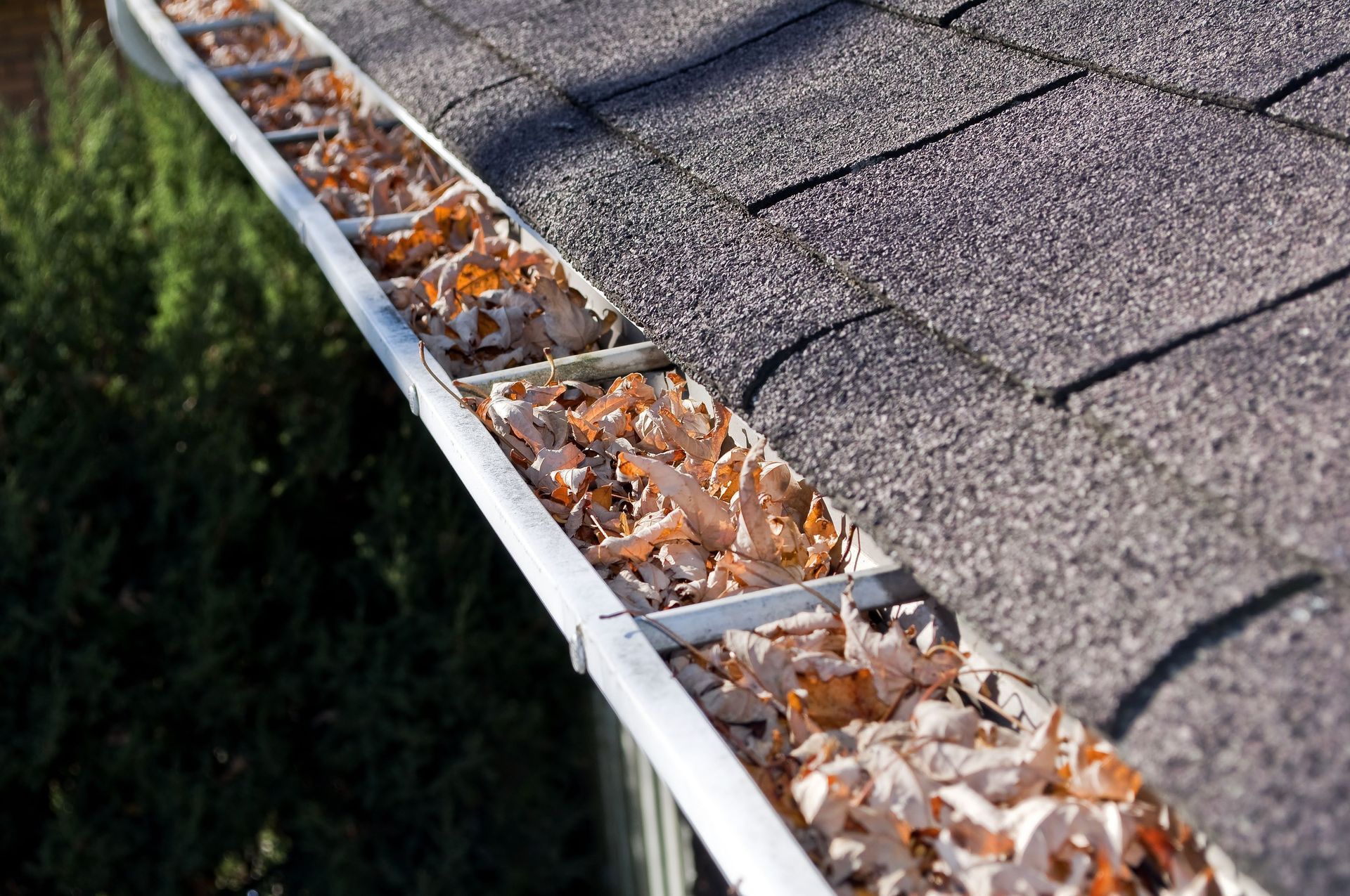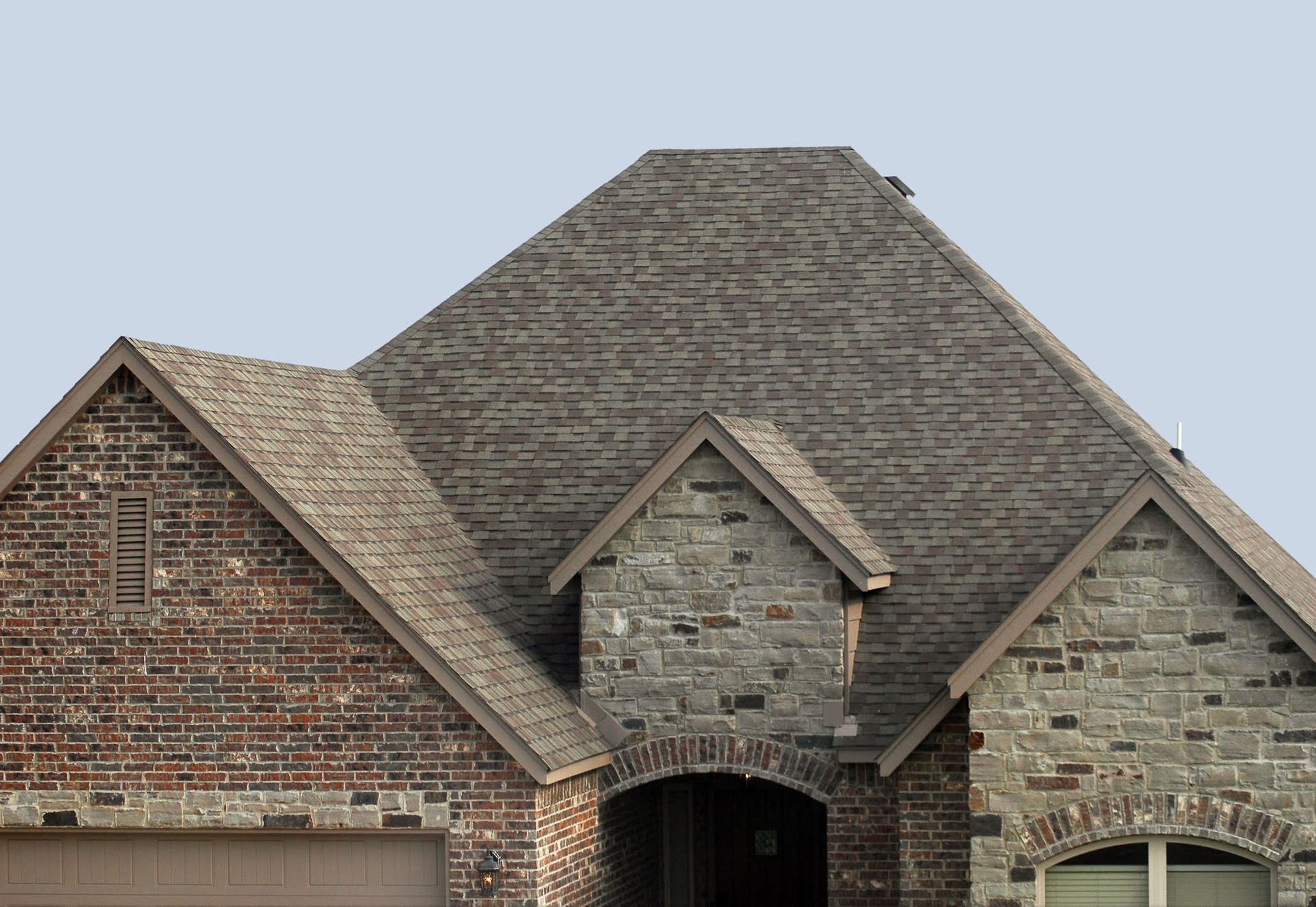our blog

I have been in this industry for about a year and a half now, and one thing is for certain: class 4 impact-resistant shingles are the new norm. If you are unfamiliar with the term “class 4”, I don’t blame you. Roofing is boring, it’s an afterthought for homeowners. It only comes to mind when you start seeing your street filling up with yard signs or a brown spot on the ceiling in your living room from a leak. Since you’re reading this, you’re more than likely shopping around for a new roof. Calling contractors, scheduling those free inspections, and ultimately receiving estimates. Your eyes stumble across an upgrade option to a “Class 4 Impact-Resistant Shingle”. The thought crosses your mind: “What does this mean?” Impact resistant shingles are marketed to homeowners to be the most durable shingle on the market. They’re designed to withstand the harshest weather mother nature can provide. Hail and wind are enemy #1 for your roof. In Minnesota, we are no stranger to these events. According to the National Centers for Environmental Information, Minnesota has had 36 severe storms that have caused over a billion dollars’ worth of damage.

As I am putting this together, the wolves are down 3-0. As a young Timberwolves fan, I remember the days where tickets were almost a dollar, seats were empty, and they purposely closed off sections because they couldn't meet demand. Sure it doesn't feel good to be down 3-0, but it is a great start to a bright future. One day I was mindlessly scrolling through social media, and I noticed that the official Timberwolves account posted a picture of the Target Center, as a Naz Reid meme:
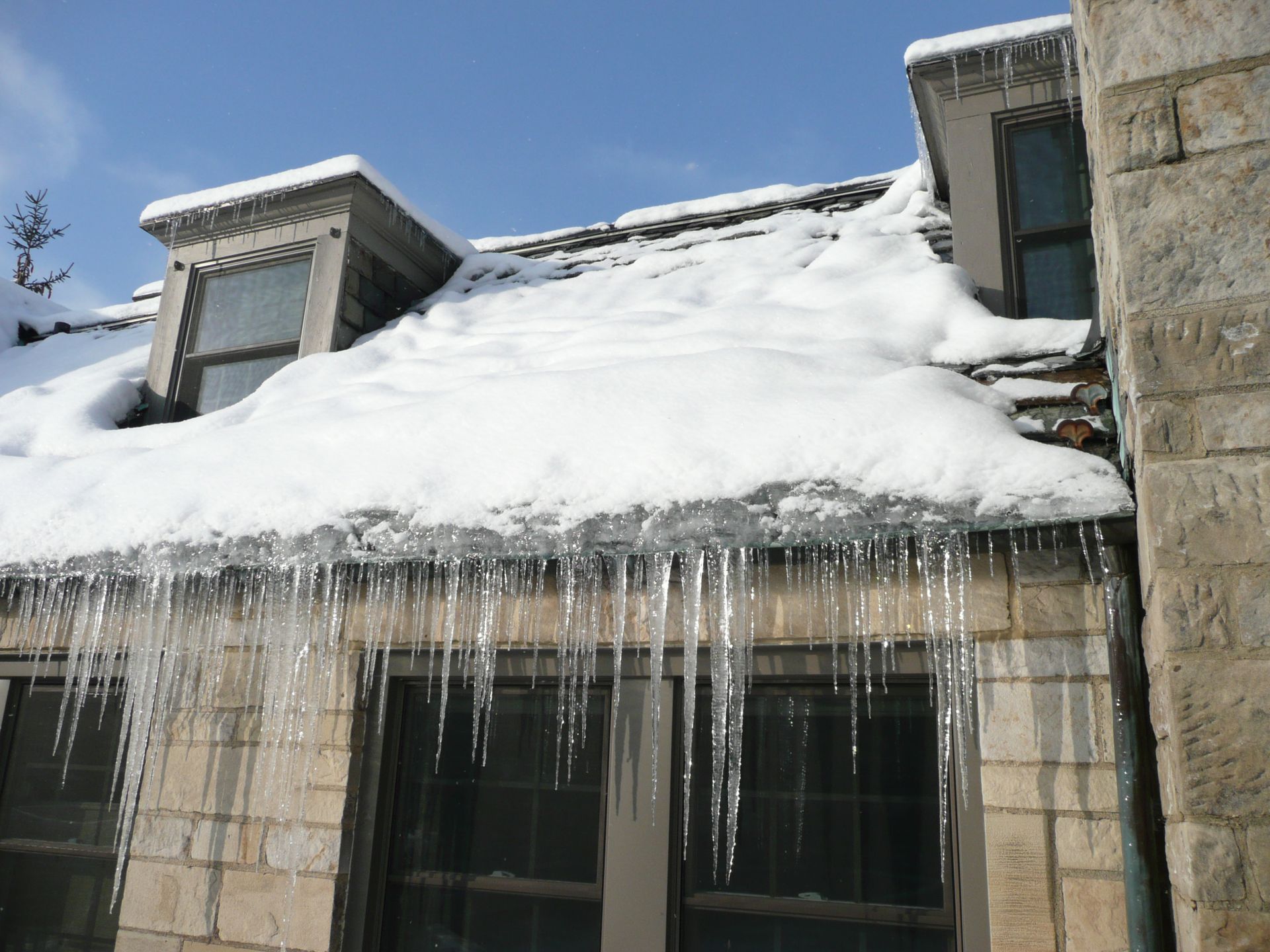
Once again, the days are getting shorter, the wind is getting colder, the air is getting crisper, and you still haven’t prepped your home for winter. Before you know it, snow will be billowing over your house, icicles will be hanging from your eaves, and frost will be building on your windows. Don’t panic. Prepping your home for winter may be easier than you think with a little help from your friends at Twin City Roofing (TCR). Here, you’ll attain helpful TCR Tips to spot areas susceptible to damage, learn practical tips to help winterize your home, and gain valuable insights into better understanding the importance of adequate insulation for the performance of your home during Minnesota’s harsh winter season. WARNING SIGNS TO LOOK FOR As the rusty colors of fall begin to change to the white of winter, does your home feel a bit drafty? Does your home show deteriorating door seals, weathered windows, worn-out weatherstripping, and corroded caulking details? If so, your home might be showing warning signs that it’s inadequately prepared for winter. Don’t worry, it’s not too late to make some short-term, inexpensive improvements to prep your home for winter. Indeed, several areas that are prone to winter damage include doors, windows, or outlets located on your exterior walls. To inspect your home for the winter season, check out TCR’s practical tips below. PRACTICAL TCR TIPS TO PREP YOUR HOME FOR WINTER With winter right around the corner, a few practical inspection tips you should consider using revolve around examining drafts, spotting issues on your roofing system, and recognizing condensation possibly forming inside your home. Examine Areas Prone to Drafts · Check for gaps and crack under and around windows and doors · Check for condensation forming on the glass of windows and doors · Feel for cold spots on walls, cupboards, and on the floor Inspect your Roof · Look for “hot spots” on your roof where the frost melts in some areas and remains thick and frosty on adjacent spots Ice Formation · Look for ice crystals or frost forming on the inside of your home in unusual places, such as on the surface wood materials in attic spaces, storage spaces, recessed closets, and the inside of knee-walls · Look for sudden stains in areas that you hadn’t noticed during the rainy season To ensure your home’s safety for winter, remember to check the function of your home’s exterior doors to make sure that everything works properly and there are no signs of warping or excessive gaps. Next, check your home’s window operation status for proper opening, closing, and locking functionality. Lastly, inspect your home’s doors and siding fixtures, such as lights and outlets, for missing parts, holes, or poorly caulked areas. AFTER INSPECTION: SIMPLE WAYS TO PREPARE YOUR HOME FOR WINTER Here are some simple steps that you can take to prepare your home for winter. Seal Window and Doorframe Gaps If your windows are drafty and replacing them completely is unfeasible, simply cover them with plastic wrap that Big Box stores sell annually, which will aid in decreasing both your drafts and heating costs. Consider sealing other gaps in your window and doorframes with spray foam insulation, applying fresh caulk to the outside of these frames, replacing the weatherstripping on your exterior doors and windows, and checking the seal strips in these areas. If you notice gaps near the bottom of outside door, simply use a rolled-up rug to plug the gap or an insulated door sweep to fix this problem. Clear Out Gutters and Downspouts Be sure to inspect and clean your gutters and downspouts for gathering debris that could lead to draining issues. Inspect your Siding and Roofing Systems Check your siding systems for signs of cracks, voids, or missing parts that could lead to additional damage. Next, check your roofing system for missing shingles, adequate ventilation, and updated flashing and caulking details. Don’t forget to check your attic spaces for insulation voids as well. Check your Soffit System Finally, check your soffit system for clogged intake vents, painted-over vents, or worn-out vents. Now that you understand how to adequately prepare your home for winter, have you considered the importance of insulation in your home as a Minnesotan? You might have a general idea of what household insulation is, but why is it important to know specifically as a Minnesotan? These are all great questions that will be answered below. THE IMPORTANCE OF INSULATION IN MINNESOTA Winters in Minnesota are brutal. The extreme cold, snowstorms, ice storms, sleet, and strong winds are ruthless compared to other states that have winter. As a result, the need for insulation is heightened for Minnesotans. Indeed, a few reasons why insulation is so imperative in Minnesota is that it reduces heat loss, helps prevent ice damming, stops moisture buildup on roofs, and reduces energy costs. Reduction of Heat Loss First, installing insulation in your Minnesotan home for winter will reduce heat loss by decelerating the rate of heat flow throughout your home. Simply put, insulation keeps the heat inside your home, preventing it from escaping and being wasted out in the bitter cold. With the reduction of heat loss, sufficient insulation, coupled with adequate eave and roof ventilation, decreases the formation of ice dams by maintaining an even underlying roof surface temperature, which also improves water run-off. Reduction of Moisture Formation In addition, insulation can stop moisture from building up on your roof by keeping the base of your roof at a higher temperature than the air outside. The result of this procedure is a minimization of the formation of condensation, helping protect your home even more from winter. Reduction of Energy Costs Lastly, insulating your home can reduce your energy costs, as any leaks in your home near your windows, doors, and any additional openings utilizes a significant amount of energy and can lead to an unwanted spike in your utility bills. To avoid these unwanted expenses, simply remember to properly insulate your home and you will be on your way to saving both energy and money. TAKE ACTION AND START PREPARING YOUR HOME FOR WINTER NOW By keeping an eye out for warning signs, implementing the practical winter tips, learning about the ways you can prepare your home for winter, and understanding the importance of insulation in Minnesota, you will be on your way to protecting your home from the harsh conditions in winter. Check out Twin City Roofing’s website to see our successful projects, intriguing advising videos, and personal testimonies from past clients! Don’t wait, start applying these TCR strategies to your home now!


